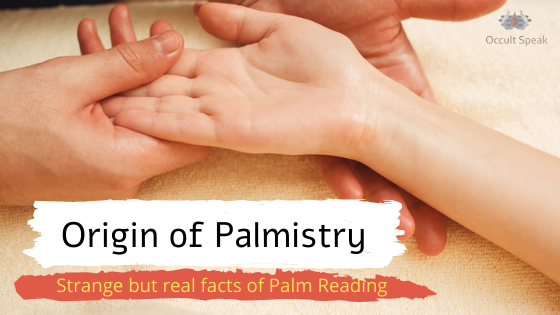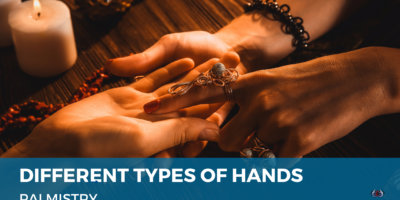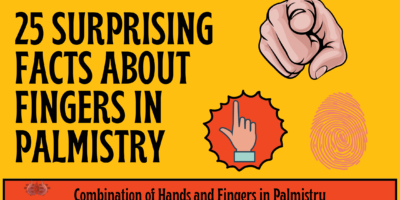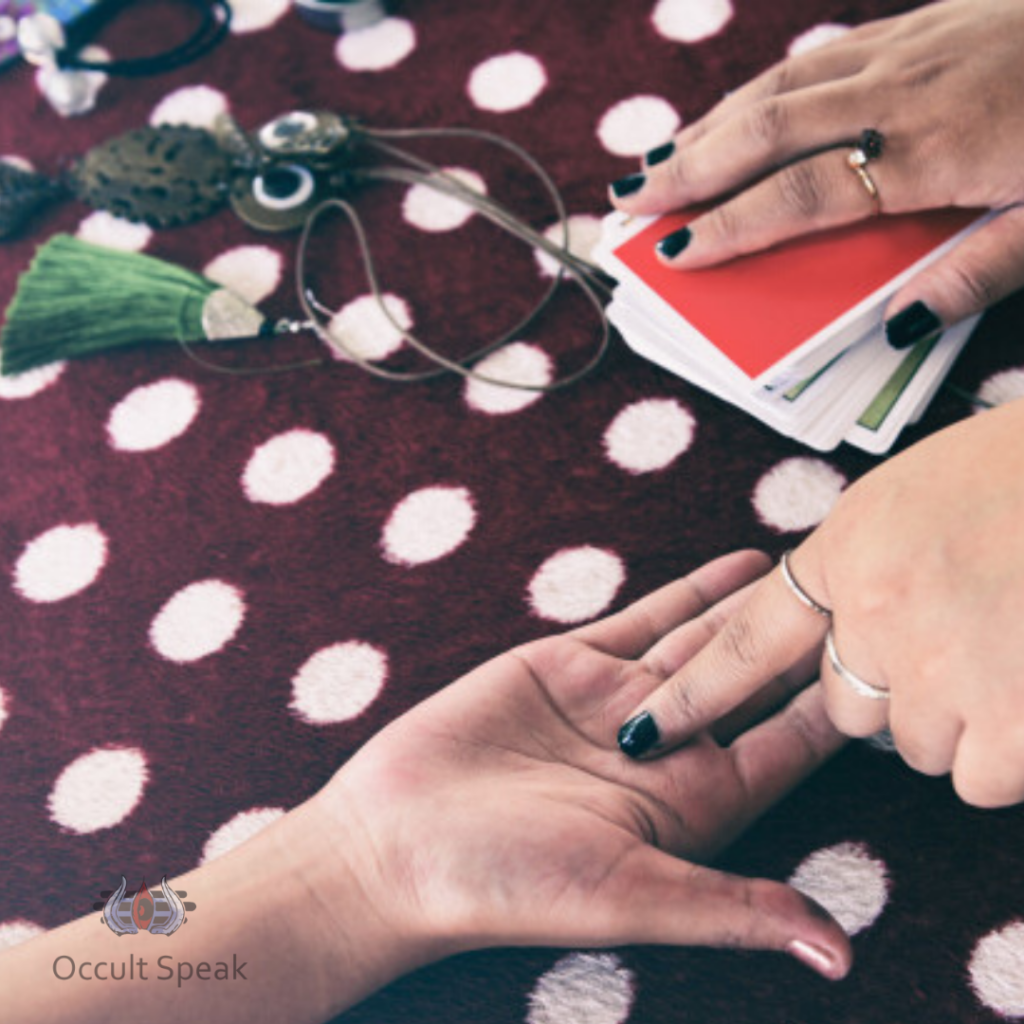Where did Palmistry originate from?
‘Palmistry’ also known as ‘Palm Reading’ and ‘Chiromancy’ is thousands of years old and it has been practised since Aryan Civilization i.e. before the Christ Era. It has been practised among the scholars and pundits in Indian soil.
In olden days, many princes and kings were taking the help of astrology and palmistry through their appointed scholars in their board and every decision-making was done only after the suggestions from the advisory board and state-appointed astrologers, numerologists and palmists.
The art of Palmistry can be traced back as far as the Stone Ages. Pictures of human hands are frequently found in cave drawings, indicating their special interest in this part of the body. These paintings can be seen in the Lascaux Caves in France, the remarkable Santander caves in Spain and several caves in Africa.
Ancient Vedic scriptures prove that palmistry has been practised religiously but not in the form of religion or occult or black magic but it has been given enough validation in the form of science.
Earliest writing on palmistry was in ancient Sanskrit language. These verses were kept away from the eyes of the public and still, the old text has been preserved and had been in the safe hands of a few eminent scholars and practitioners of palmistry.
K. C Sen – indian Palmist
Cheiro, whose original name is Louis Hamon Count who brought this science back to the modern era, claimed to have seen those original scripts of palmistry in this time of internship in India in Bombay.
He has mentioned clearly in this book on palmistry that he had left Europe in search of ancient science and came to Kashmir and roaming to a different state of ancient Hindustan, finally, he met the Brahmin Joshi family, expert in the assigned subject who taught Cheiro, an ancient science of fortune-telling known as ‘Hasth Samudrik Shastra’ which later became famous with the modern term, ‘Palmistry’ in Eastern Countries, Hand Reading or Palm Reading in the Western world.
It was due to the efforts of Louis Hamon Count that these sacred sciences have been preserved and knowledge was given back to society, hence I would say– Cheiro is the father of modern palmistry.
It has been practised in the middle east, and by the classical Greeks, and Romans. The Christian Church considered this holy science as black magic and hence practitioners were kept in jail if found believing in the palm reading.
READING: Can Palm Reading Predict Death?
During the Crusades(1096 -1291), Western scholars and thinkers, including scholars of Esoteric arts, were greatly influenced by medieval Arab thoughts, which was itself partially a distillation of ancient Egyptian beliefs. During the 16th and 17th century in Western Europe, hermetic philosophers, medical doctors, astrologers added the art of palm reading to their skills.
The Romanians and gypsies also spread this fantastic science to the world from hand/palm to tarot card reading and tea-leaf reading.
In the 19th century, the art of fortune-telling continued with sincere efforts of the most famous palmist /palm reader in modern times- Sir Louis County Hamon – better known as Cheiro or Keiro. (1860 – 1936).
He has amazing insight to this subject and has mastered the subject after going through lacs of hand in his lifetime. It is said that Cheiro predicted the love affair and abdication of King Edward VIII five years before the event took place.
Many scientific studies take place during this time by French and Russian doctors and psychologists. This work was later proved to be a foundation and case studies by eminent psychologists in Europe and America in the 20th century.
The interest in palmistry in analysis and the psychological and physiological effects started taking into consideration in the 20th century and its first major work on palmistry was Julius Spier’s- The Hands of Children which appeared in 1944 written by Carl Jung.
This work was followed very quickly by other scholars like Noel Jaquin, Charlotte Wolf, and the latest in 1990 by Andrew Fitzherbert.
Since the Second World War, the latest work has been undertaken by Kennedy Galton Centre, London. This work leads to thinking and making confirmations by many medical doctors and psychologists that Palmistry can help humans in the diagnosis of health issues before the ailment manifests in a body.
Current research in the field of Dermatoglyphics (the study of skin pattern) is the most exciting subject to modern science. This DMIT (Dermatoglyphics Multiple Intelligence Test) which is also taking palm fingers in consideration while analysing the human potential since its birth is also one of the most interesting subjects and easier to understand that a human hand has amazing potential to know the past, present and future.
Thus, the future of palmistry is assured that scientists and modern scholars are proving its authentication.





Leave a Reply